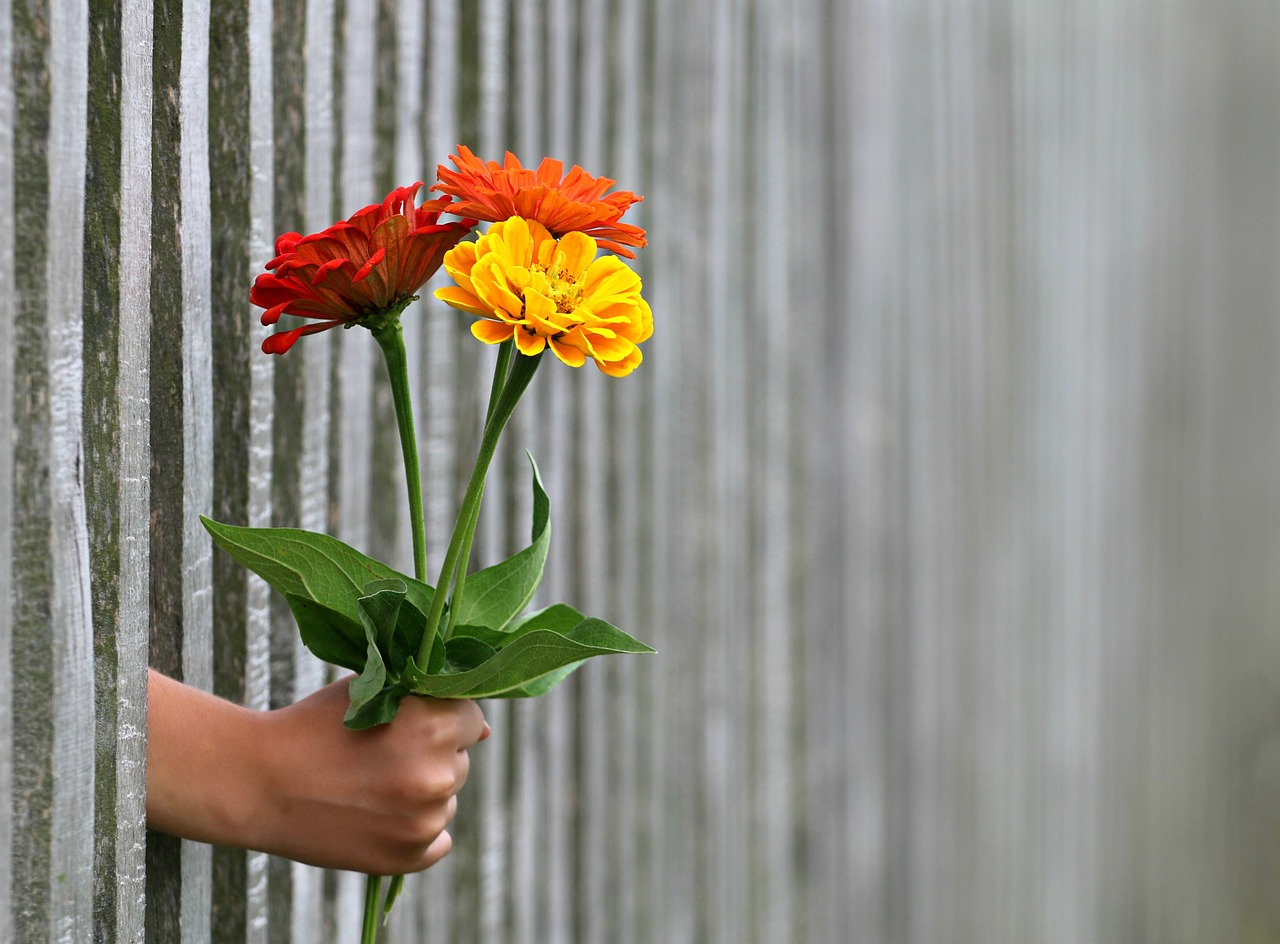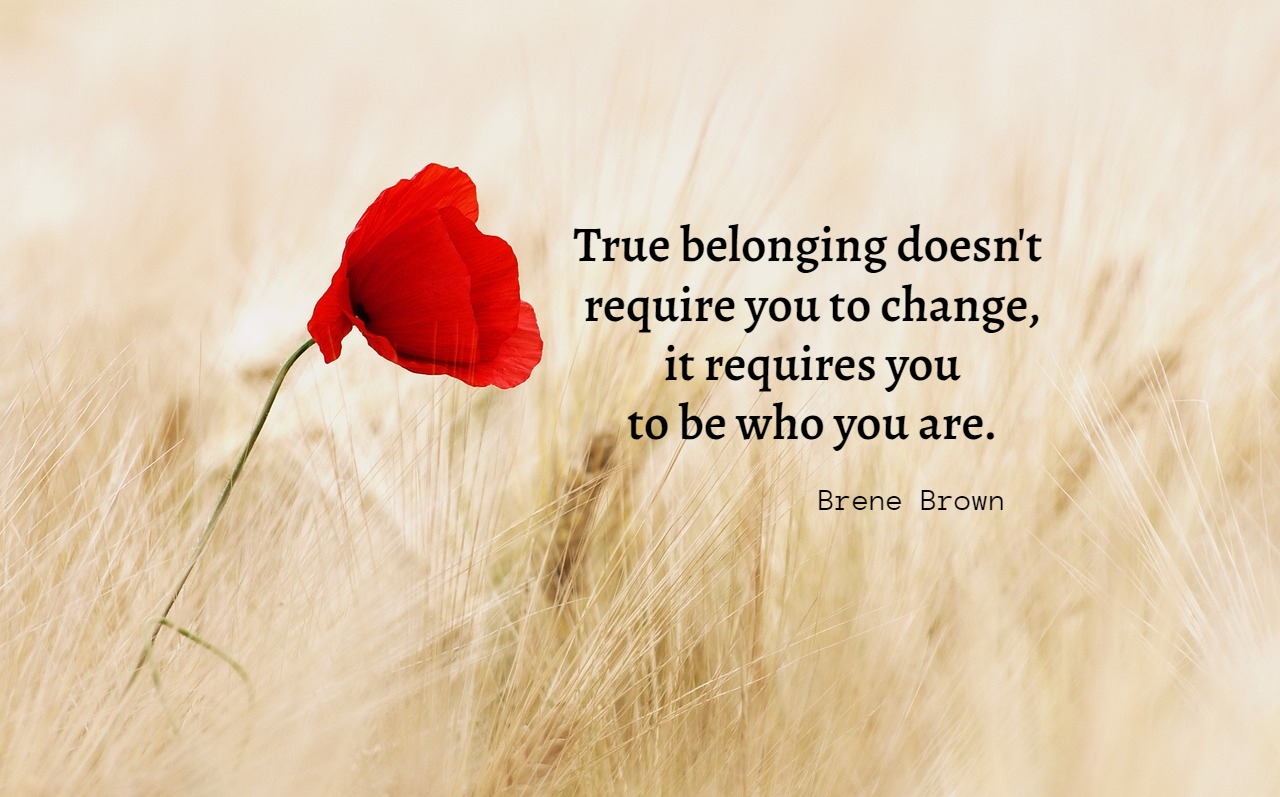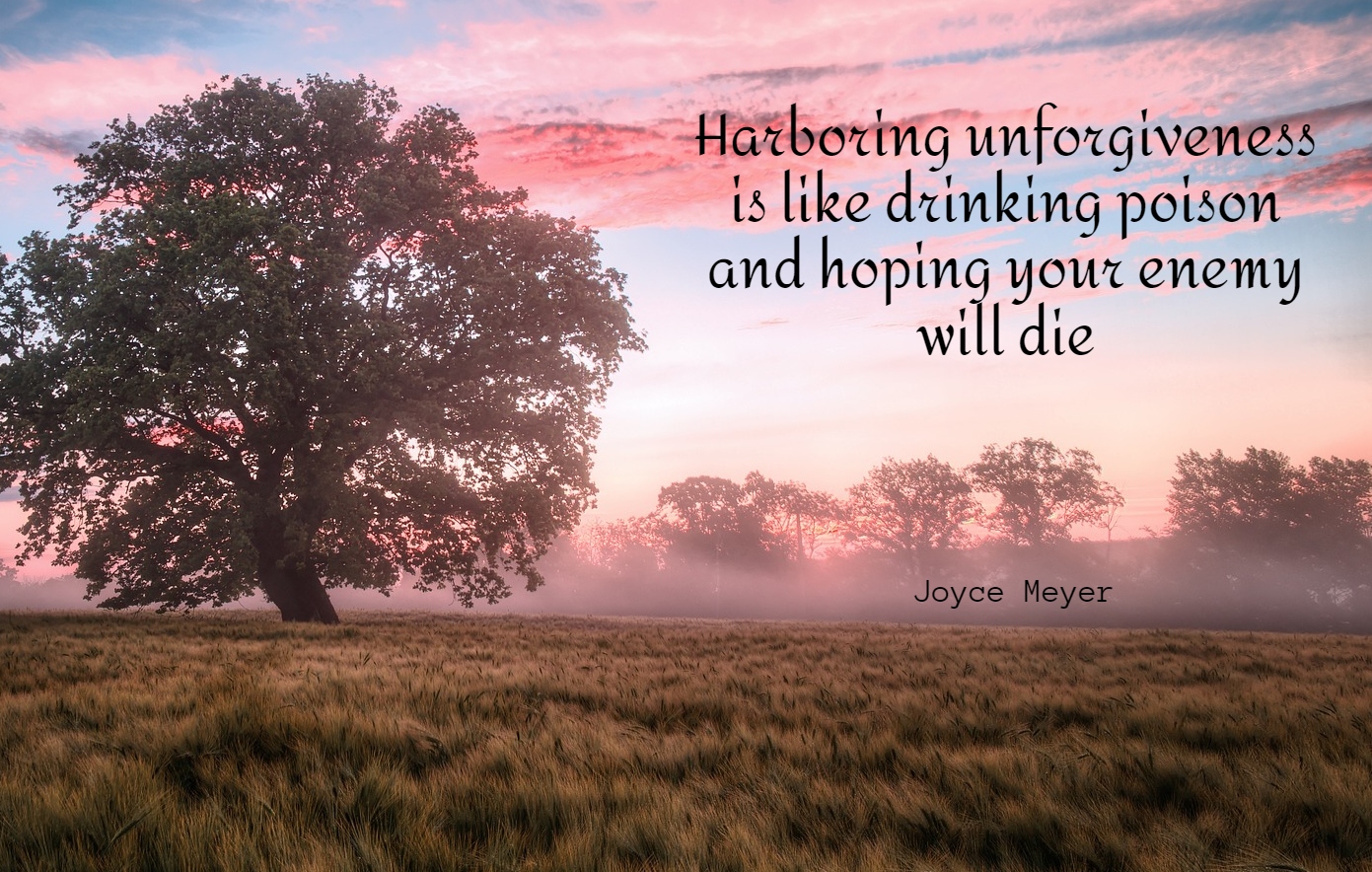It is not unusual for people to drift in and out of our lives. They may stay for a season; they may stay for our lifetime; but there’s one thing I know for sure, divine appointments happen for a reason. They can be a blessing or a lesson.
It is also not unusual to find yourself in conflict with someone you care or cared about. We all carry emotional baggage that can trigger us or someone else. There can be misunderstanding, hurt or neglect that causes significant damage. As unfortunate as it may be, it’s possible for a conflict to affect a relationship so badly that it causes a separation. Forgiveness and reconciliation may seem impossible.
Scarlett shared a story about her dad with “Love What Matters.” He was an addict and died of an overdose in 2018. Their relationship had been difficult. Scarlett often found herself angry at him, angry at his comments, angry at his inability to do life, angry at his drunkenness and homelessness. Although she loved him, she frequently found herself embarrassed by him. Now that he is gone though, there is no chance of a healthy reconciliation. She is still angry, but she is angry at herself. She’s mad that she let her inability to forgive him affect the relationship. She says, “give forgiveness, because my regret over withholding it is stronger than all the anger I felt throughout the years. I forgave too late.”
Sometimes in life we have to choose between doing what’s easy and doing what’s right. Mending fences may not seem easy, but it may indeed be the right thing to do. The path to mending these vial connections starts with a foundation of forgiveness and a genuine desire for reconciliation. When we take the time to understand others and what they have been through, it may be possible that nothing is unforgivable.
Obstacles to forgiveness:
Pride – So long as you are hurt, you may feel that you are better than the person who hurt you.
Shame – You will need to come to terms with what happened.
Seeking vengeance – Retaliation is rarely noble and often unnecessary.
Clinging to being a victim – do you feel special status with being a victim?
In reality, to reconcile means to forgive, and to forgive means to let go of resentment and anger. For your part, take a look at your responsibility in the separation, if any. If self-forgiveness is needed, give yourself that gift. Empathy and compassion are great tools. Empathy helps you to understand another and compassion encourages you to take the action needed to reduce suffering.
Don’t wait until it is too late to reconcile a relationship. You can take action now. Release the negative emotions, forgive them, and reach out. Do what you know to be right, and don’t be a Scarlett.











